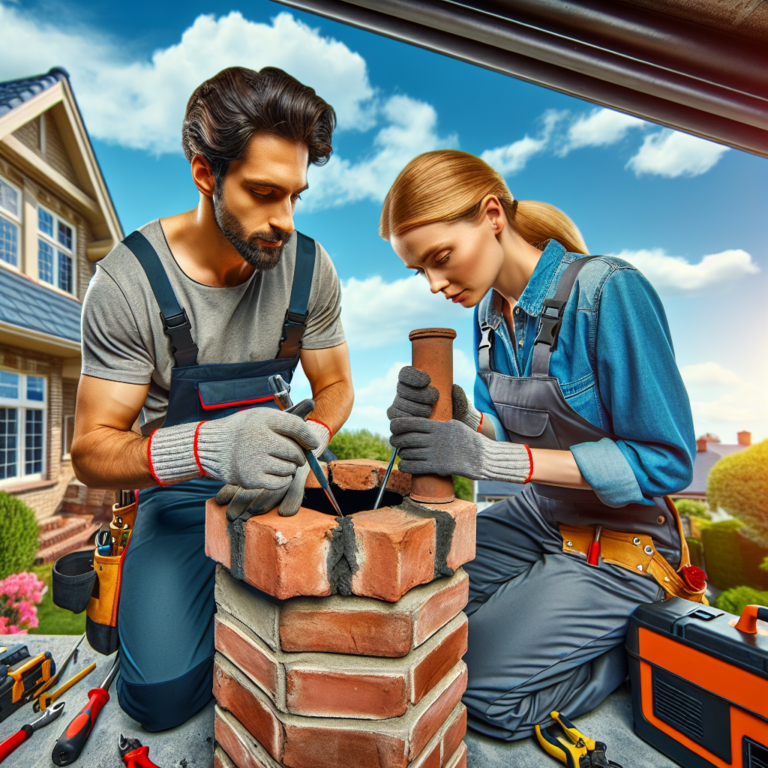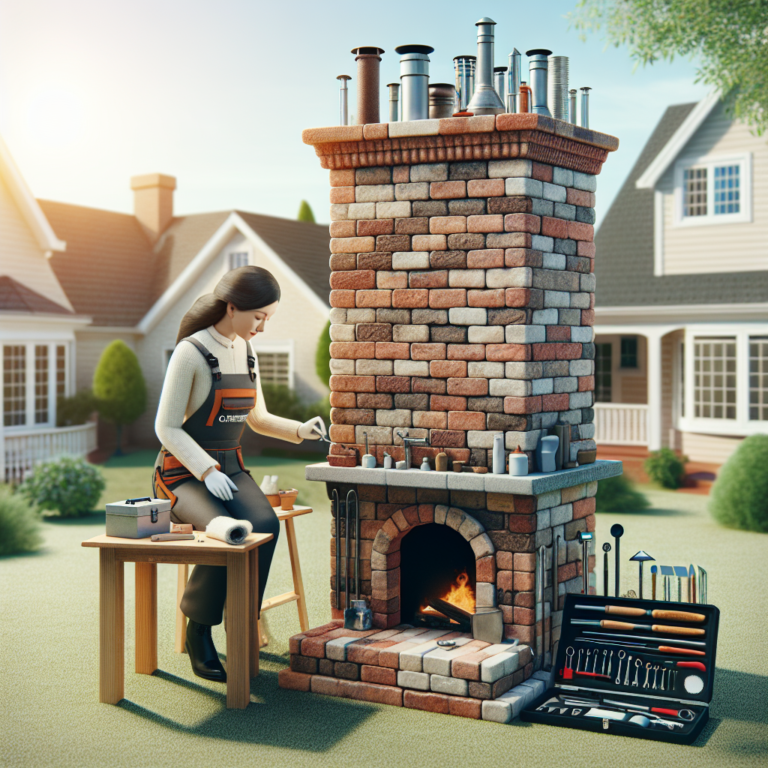-
Table of Contents
Custom Chimney Construction & Rebuild Solutions
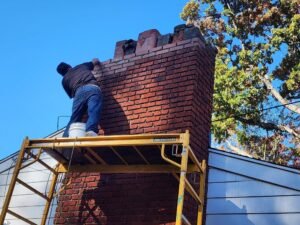
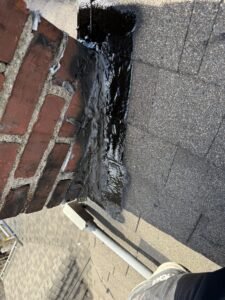


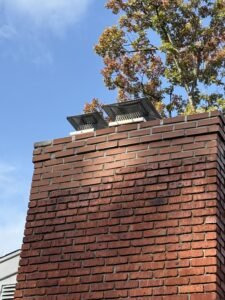
Chimneys are essential components of many homes, providing ventilation for fireplaces, stoves, and heating systems. However, over time, they can deteriorate due to weather conditions, age, and improper maintenance. Custom chimney construction and rebuild solutions offer homeowners the opportunity to enhance safety, efficiency, and aesthetic appeal. This article explores the importance of custom chimney solutions, the construction and rebuilding process, and the benefits of investing in these services.
The Importance of Custom Chimney Solutions
Chimneys are not just functional; they also contribute to the overall design of a home. A well-constructed chimney can enhance curb appeal while ensuring that your home remains safe from fire hazards and carbon monoxide poisoning. Here are some reasons why custom chimney solutions are vital:
- Safety: A properly constructed chimney prevents dangerous gases from entering your home.
- Efficiency: Custom solutions can improve the efficiency of your heating system, reducing energy costs.
- Aesthetics: A custom chimney can complement your home’s architecture, adding to its visual appeal.
- Durability: High-quality materials and construction techniques ensure longevity and reduce the need for frequent repairs.
Understanding the Construction and Rebuild Process
The process of constructing or rebuilding a chimney involves several critical steps. Understanding these steps can help homeowners make informed decisions when hiring professionals for the job.
1. Assessment and Planning
The first step in any chimney project is a thorough assessment. Professionals will evaluate the existing structure, identify any issues, and discuss the homeowner’s needs and preferences. This stage often includes:
- Inspection of the current chimney for cracks, leaks, or structural damage.
- Discussion of design options, including materials and styles.
- Estimation of costs and timelines for the project.
2. Material Selection
Choosing the right materials is crucial for the durability and efficiency of the chimney. Common materials include:
- Brick: Offers a classic look and excellent insulation properties.
- Stone: Provides a rustic appearance and is highly durable.
- Metal: Lightweight and often used for modern designs or as liners in existing chimneys.
3. Construction or Rebuilding
Once the planning and material selection are complete, the construction or rebuilding process begins. This phase typically involves:
- Demolition of the old structure if necessary.
- Building the new chimney according to local building codes and safety standards.
- Installing flue liners to improve efficiency and safety.
4. Final Inspection and Maintenance
After construction, a final inspection ensures that everything meets safety standards. Homeowners should also discuss maintenance plans to keep the chimney in optimal condition.
Case Studies and Statistics
Investing in custom chimney solutions can yield significant benefits. For instance, a study by the National Fire Protection Association (NFPA) found that nearly 50% of home heating fires involve chimneys. Proper construction and regular maintenance can drastically reduce these risks.
In a case study conducted in a suburban neighborhood, a family invested in a custom chimney rebuild after experiencing frequent smoke backdrafts. The new chimney design not only resolved the issue but also improved the home’s energy efficiency by 20%, leading to lower heating bills.




